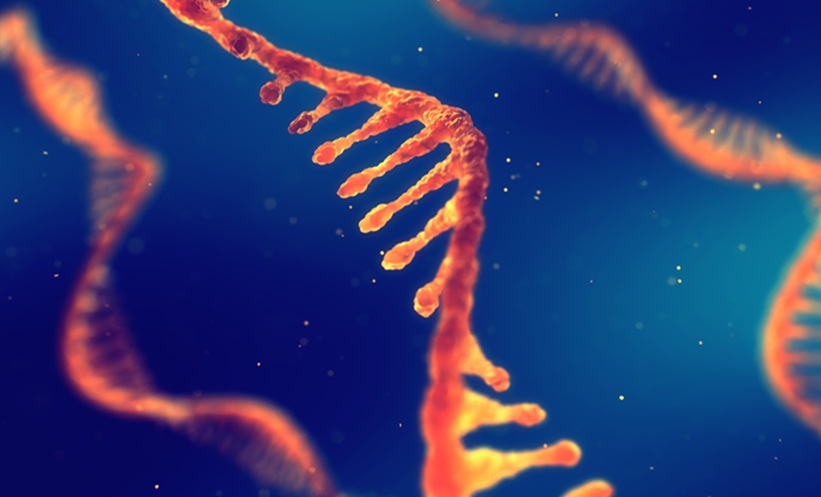CIRCULAR RNAs (circRNAs), once dismissed as mere by-products of gene cleavage, are now at the forefront of medical research. Thanks to advancements like high-throughput sequencing, their unique properties and potential medical applications, particularly in oncology, are extensively analysed. These novel non-coding RNAs form stable, covalently closed structures from pre-mRNA exons via back-splicing, lacking the typical 5′-cap and 3′-poly (A) tail. With lengths typically averaging 547 nucleotides, their insensitivity to exonucleases makes them remarkably stable.
Exonic circRNAs comprise the major subtype, accounting for around 85% of all circRNAs. Their diverse functions include acting as miRNA sponges, protein scaffolds, transcriptional regulators, and modulators of alternative splicing. Crucially, their cell, tissue, disease, or sequence specificity, coupled with high stability, makes them invaluable for investigating complex conditions, including cancer and cardiovascular, neurological, and immunological disorders, hinting at diagnostic and therapeutic potential.
The escalating global burden of liver cancer highlights the urgency for new approaches. Incidence is projected to surge by 55% between 2020 and 2040, with 1.4 million diagnoses projected. Hepatocellular carcinoma (HCC), representing over 7% of all liver cancers, is a major concern due to its high morbidity and mortality. Hepatitis B virus (HBV) infection is the primary risk factor, yet current antivirals are often ineffective against cccDNA-related viral replication and cannot fully eliminate HBV, posing persistent challenges and leading to mutations. Specific HBV mutations and genotypes are also linked to HCC.
Despite the well-documented association between HBV and HCC, the exact mechanisms driving HBV-induced HCC remain largely unknown. Current drug efficacies are suboptimal, and the prognosis for advanced liver cancer remains unfavourable. This highlights the critical need for novel therapeutics and valuable biomarkers. With their unique attributes, circRNAs emerge as highly promising candidates. They are not only potential biomarkers for HBV-HCC but may also serve as therapeutic endpoints and molecules, crucially modulating HBV-HCC progression and pathogenesis. Unravelling these underlying mechanisms is paramount for future research in combating this devastating disease.
Reference
Quan W et al. Circular RNAs in hepatitis B virus-induced hepatocellular carcinoma: a comprehensive review and recent advances. Genes Dis. 2025;12(5):101605.








